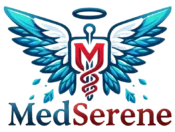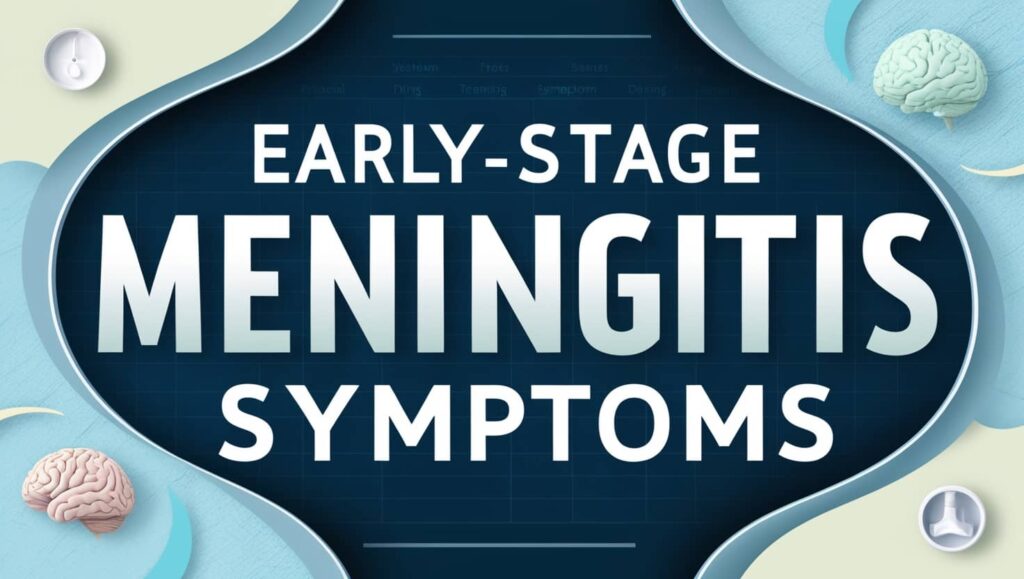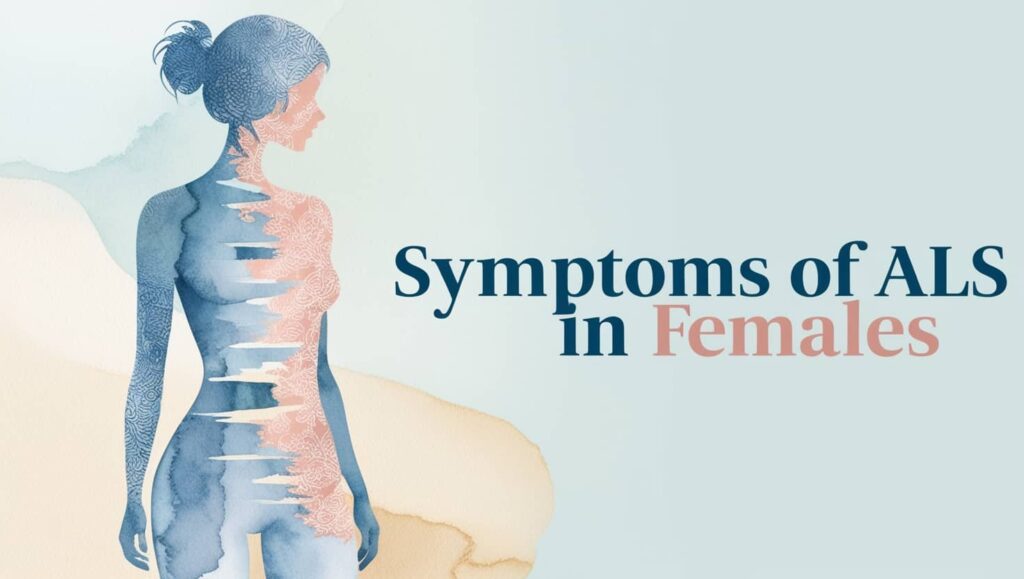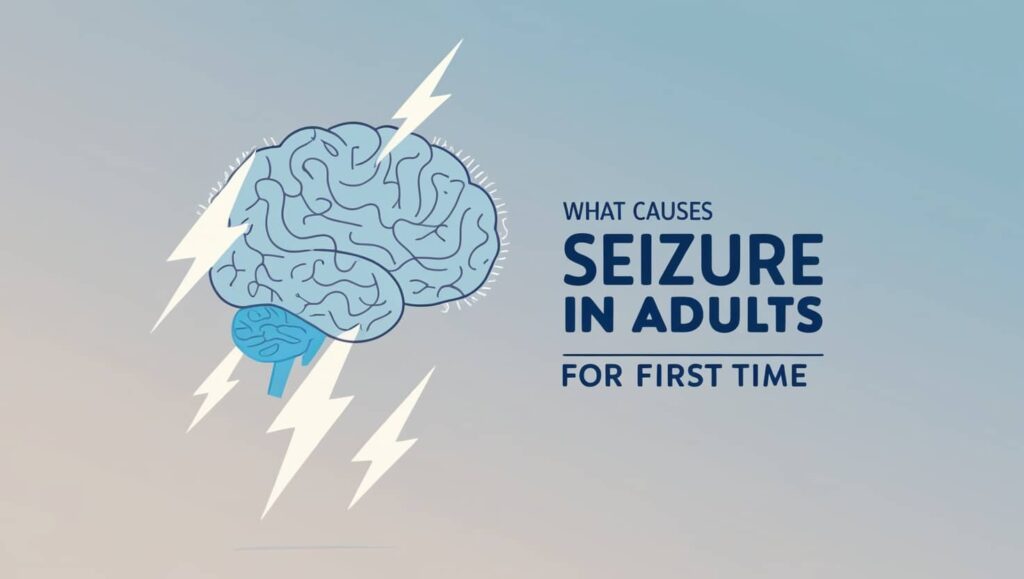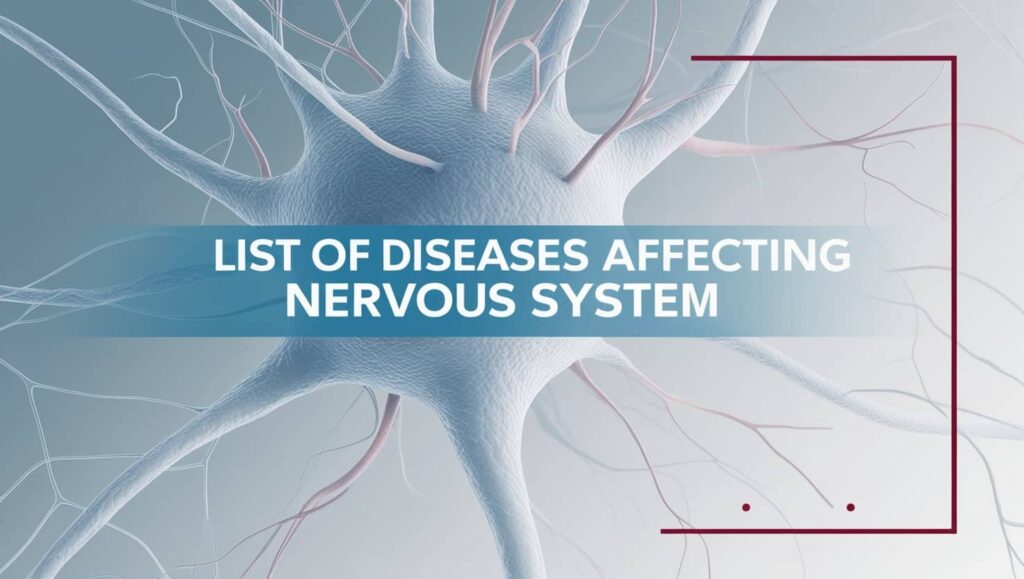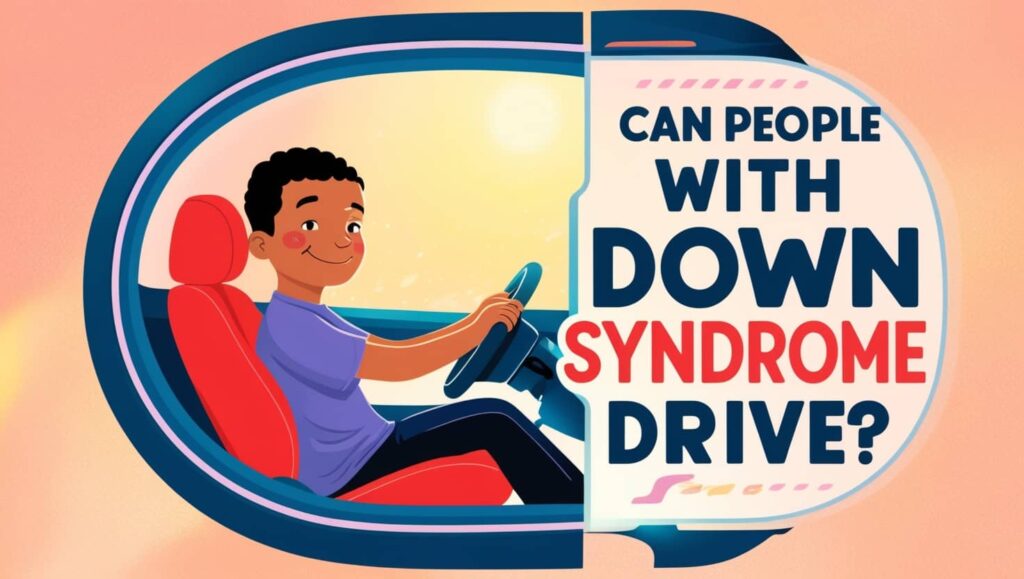Guillain-Barré syndrome (GBS) is the predominant origin of acute, flaccid, neuromuscular paralysis in the United States. Guillain-Barré syndrome was initially identified almost a century ago. Recent advancements over the past century encompass the exploration of the immune-mediated pathophysiology of the disease, acknowledgment of the range of clinical manifestations, enhancement of diagnostic techniques and prognostic models, and the execution of randomized treatment trials that optimize outcomes. Considering the potential morbidity associated with untreated cases, all clinicians must possess knowledge of this rare condition.
Etiology
Guillain-Barré syndrome (GBS) is a post-infectious neuropathy induced by molecular mimicry following Campylobacter jejuni gastrointestinal infections. It is associated with gastrointestinal or respiratory diseases, with as many as 70% of patients indicating a prior illness. Numerous cases of Guillain-Barré syndrome were documented during the Zika virus outbreak. Vaccines have not substantially increased the incidence of GBS, with subsequent research suggesting that the likelihood of getting GBS following a flu infection is up to seven times greater.
Clinical Presentation
- GBS is a syndrome marked by both proximal and distal flaccid weakness, frequently necessitating intubation.
- Patients may also encounter non-length-dependent sensory complaints, including dysesthesias in the extremities.
- Dysautonomia, the principal cause, can result in considerable morbidity and mortality associated with autonomic nerve dysfunction. Artificial ventilation may be necessary for lower cranial nerves or respiratory muscles.
- Respiratory failure may manifest in as many as 30% of patients, resulting in extended hospitalization and recovery periods.
- Variants encompass AMAN, pharyngeal-cervical-brachial syndrome, and Miller-Fisher syndrome, which integrates ophthalmoplegia, areflexia, and ataxia. Miller-Fisher syndrome is the most recognized variation.
Diagnosis
Gilliam-Barré syndrome (GBS) is a clinical diagnosis that can be confirmed with bedside tests, but ancillary testing like electromyography and nerve conduction studies can help distinguish it from its mimics. Early electrodiagnostic findings include absent or prolonged H-reflexes and/or F-wave latencies, sural sparing pattern, AMAN, albuminocytologic dissociation, ganglioside antibodies, MRI spine imaging, and negative inspiratory force (NIF) for high-risk patients.
Treatment
- Guillain-Barré syndrome is treated with intravenous immunoglobulin (IVIG) or plasma exchange, which are both equally effective.
- IVIG is given 2 grams/kilogram divided over 5 days, while plasma exchange removes pathogenic antibodies, humoral mediators, and complement proteins.
- Treatment is generally considered to shorten the recovery process, with up to 85% of patients achieving independent ambulation with recovery. However, 20% of patients have morbidity.
- Further studies on plasma exchange, IVIG, and steroids have not shown significant improvement.
Advances in Treatment and Rehabilitation
- Stem cell transplantation has demonstrated encouraging outcomes in preclinical research in supporting nerve regeneration and functional recovery in animal models of GBS.
- In individuals with GBS, stem cell transplantation could speed up the healing process and enhance long-term results.
Factors That Influence Life Expectancy
- The lifespan and prognosis of GBS patients vary substantially. Most Guillain-Barré Syndrome (GBS) survivors live as long as others. However, less than 2% may die during the worst period of the illness, generally from pneumonia.
- Preventing these hazards and helping people return to their normal requires early GBS detection and treatment. Some patients have a good prognosis, with less than 2.15% acute mortality.
- However, residual disability is typical, and rehabilitation might take months or years. Studies suggest that the GBS disability scale score improves significantly from discharge to 2–12 years post-acute, indicating long-term healing.
- GBS prognosis depends on age, intensity of symptoms, and complications. Early intravenous immunoglobulin (IVIg) or plasma exchange (PE) and supportive care improve short-term outcomes, but their long-term effects are unknown.
Summary
The healthcare team, including nurses, pharmacists, respiratory therapists, physical and occupational therapists, and patients, plays a crucial role in the care of patients with Guillain-Barré syndrome, ensuring their well-being and facilitating their recovery process.
Read Also: Addison’s Disease Life Expectancy
References:
- Nguyen, T. P., & Taylor, R. S. (2023, February 7). In StatPearls [Internet]. StatPearls Publishing. Available from Guillain-Barre syndrome.
- Lehmann, H. C., Hughes, R. A., Kieseier, B. C., & Hartung, H. P. (2012). Recent developments and future directions in Guillain-Barré syndrome. Journal of the Peripheral Nervous System, 17(Suppl 3), 57–70.

